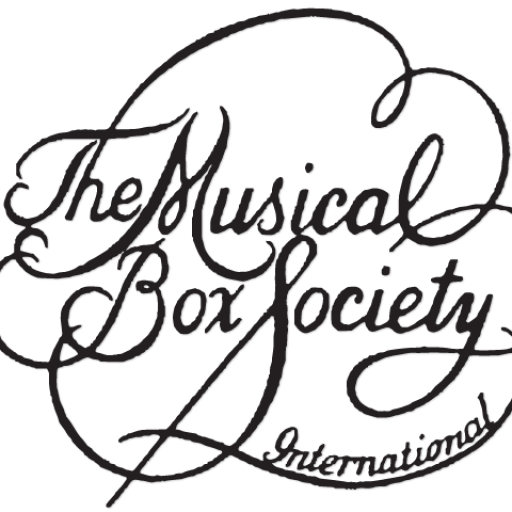Two or more ranks of violin pipe ranks tuned to celeste. * Synonyms: vox celeste, voix celeste.
violin pipe
Flue pipe of raspy violin-like quality popularly used in coin pianos, orchestrions, and organs. The tone quality is regulated by a distinctive-appearing harmonic brake (also listed in this Glossary). Bass range violin pipes are called cello or violoncello pipes, middle range pipes are called violas, and treble range pipes are called violin pipes.
violin
Treble-pitched 4-stringed instrument played with a rosined horsehair bow. The two commercially successful automatically-played violins were the Hupfeld Phonoliszt-Violina and the Mills Violano-Virtuoso.
violoncello pipe
See cello pipe.
voicing
1. The process by which the tone quality of the pipe is regulated (as opposed to tuning, which regulates the pitch). Techniques include adjusting the shape of the tone-producing mouth of a flue pipe, cutting small nicks into the mouth, regulating the shape of the reed in a reed pipe, adjusting the size of the toe hole where air enters the pipe, and others. 2. The process by which the hardness of a felt piano hammer head is adjusted or regulated. Techniques include reshaping the hammer by sanding, pricking the felt with sharp needles, applying chemicals to harden or soften the felt, and others. 3. Term used to describe the loudness, softness, or the harmonic or tone quality of a pipe. For example, calliope whistles have very loud
